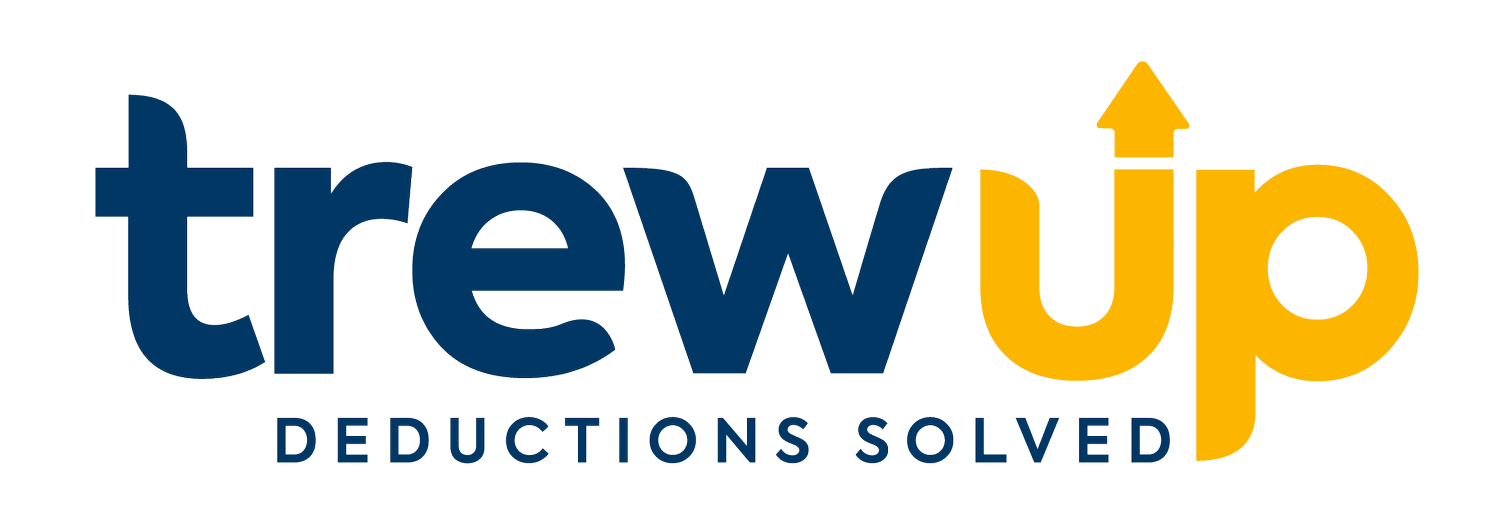Deductions Mastery Framework Five Key Steps to Efficient Categorization
At TrewUp, we believe that you shouldn’t have to worry about deductions. That’s why we developed our Deductions Mastery Framework. Throughout the course of this series, we delve into how to efficiently categorize deductions by type, retailer, and item, offering practical steps to enhance your deductions process with real-world examples and success stories.
Regardless of whether it’s a distributor or retailer, all accounts that CPG brands sell to directly encounter deductions—fees, promotions, and other elements impacting your profit margins. These deductions often appear complex and hard to decipher, creating challenges in effectively managing and influencing your business’s financial health.
Our Deductions Mastery Framework is built on three pillars:
1. Categorize
2. Insights and Knowledge
3. Root Cause Analysis
The first step of our Deductions Mastery Framework, focuses on the crucial task of categorizing deductions. Our goal is to equip you with actionable insights you can implement immediately.
Five Key Steps to Efficient Categorization
1. Get the Definition Key
The first step is obtaining a definition key or guide from your accounts. This key provides critical insights into the deductions and is usually published by the account itself. Save this key in a shared drive for easy access and collaboration.
Hot Tip: Start with one account to hone the process before expanding.
2. List of Deductions
Obtain a comprehensive list of deductions from your accounts. This can come from portals, emails, or direct contacts. Aim for data covering at least three, six, or twelve months, including invoice numbers, dollar amounts, dates, and other relevant information.
3. Decipher and Categorize
Add a column to your list to categorize each deduction using the definition key. Common categories include promotions, ads, placements, spoils, logistics fines, fees, shortages, and fair share. This categorization will form the foundation of your monthly report.
Hot Tip: Capture additional details like retailer and item for deeper insights.
4. Create a Month-Over-Month Report
Develop a monthly report with categories listed vertically and months horizontally. This report will help you identify trends and leverage insights to drive growth. Use a pivot table for efficiency and clarity.
5. Update Monthly
Regularly update your report, ideally on a monthly basis. Ensure it’s stored in a shared drive and includes input from all relevant stakeholders. Consistent updates will transform this practice into a rhythm, enhancing collaboration and decision-making.
By following these five steps, you will gain clarity and control over your deductions process, driving growth and maximizing profit. In upcoming sessions, we will explore the remaining pillars of our framework—Insights and Knowledge, and Root Cause Analysis—providing you with further tools to master your deductions.
Ready to streamline and automate your deductions process? Reach out to us at TrewUp to learn how our software system can revolutionize your approach, saving you time and boosting your business’s bottom line.
Stay engaged, stay informed, and let's master deductions together!
